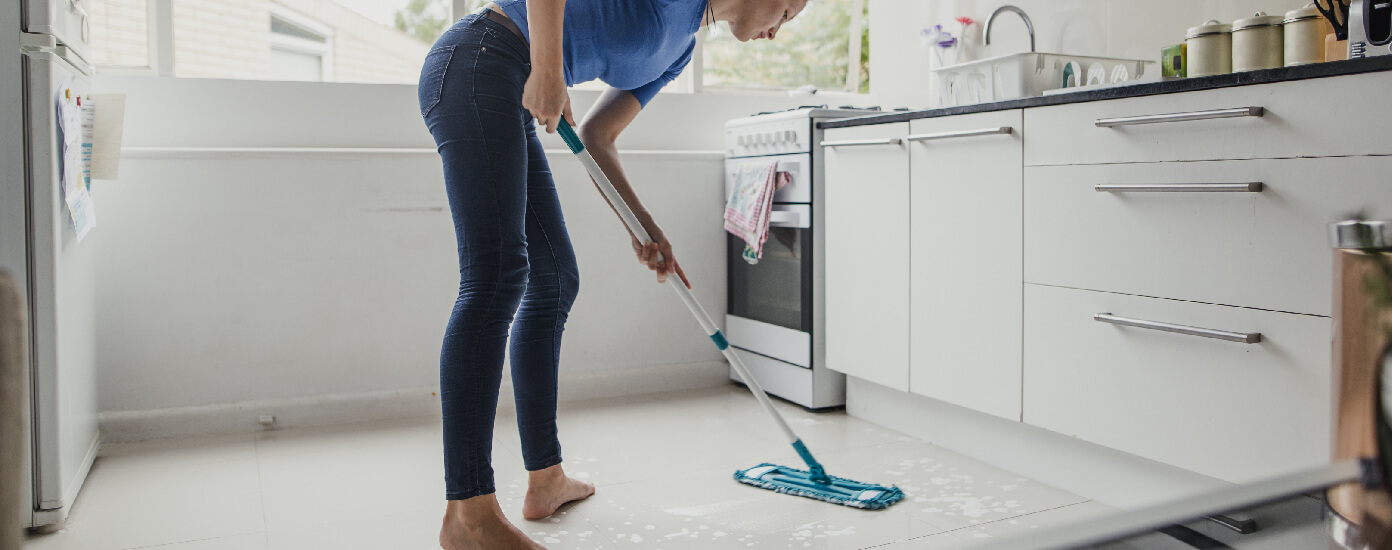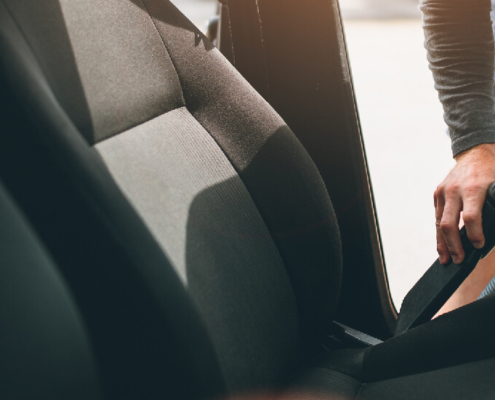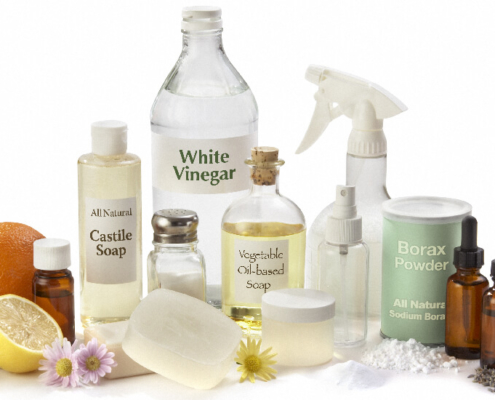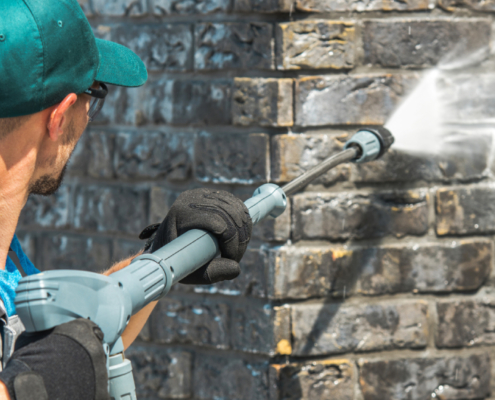What to Do When Your Kitchen Floods
Stumbling upon a flooded kitchen can immediately get any homeowner stressed and upset. Almost anyone will immediately panic, become frustrated, and think about how to get rid of the stubborn kitchen flood.
However, instead of staring at your flooded kitchen in misery, there are actually some essential steps on how you can have it repaired and restored despite the water damage. It doesn’t matter whether the source of the flood is a kitchen sink, you will still have to face the matter that can be tricky to address. You will have to deal with your soaked flooring, cabinets, and maybe even your kitchen appliances. Nonetheless, the steps you take next are vital in making sure that your kitchen gets restored back to what it was. So, what do you do when your kitchen floods? What are the steps that you ought to take?
1. Find The Culprit/Source of Water
The first thing you should do when you’ve encountered a flooded kitchen is to find the source of water, and turn it off. You can opt to turn off your water supply line to make sure that the flow of water is stopped completely. This is most especially true if you aren’t sure about the source the flooding in your kitchen. The best thing to do is to turn off the main water line of your house.
2. Switch Off Electricity
Another important step to do when faced with a flooded kitchen is to switch off the power in that area as well. This is for your safety, because appliances might be plugged in, increasing the risk of potential accidents related to electricity. If you have a gas stove, make sure that the supply lines, regulators, or burners aren’t broken. It is important to make sure that all appliances and kitchen equipment have been checked after the flooding as well.
3. Move Items and Furniture Into A Dry Area
After making sure that water and power has been turned off, you can now start to move your furniture into a dry area. If your kitchen area has rugs, then the next step would be to remove them and hang them to dry. This is so that the growth of mold can be prevented as well. Make sure to also remove furniture away, especially those made from wood in order to stop further damage. Pin up skirts from your furniture, and also make sure to prop up any cushions as well.
Be sure to move away furniture, table, chairs and rugs away from your kitchen, and transfer them to areas that are well-ventilated so that they can dry up. Also check your cabinets for any water.
4. Mop The Area and Ventilate
The next step is to remove as much water as you can by using a mop, towel, or wet vacuum. If you don’t have a wet vacuum, then you can use a mop and wet bucket instead. After all the excess water has been gotten rid of, then it is now the time to dry out your kitchen. You can either open the windows, or turn on your air conditioner and/or humidifier. This is in order to allow the air to circulate your kitchen area, allowing it to dry out much quicker.
5. Consult A Professional
At the end of the day, too much water damage still needs to be addressed by a professional. If you suspect extensive water damage in your kitchen, then you can ask the help of an expert. Your kitchen area should also be inspected even if you were able to repairthe damages to make sure that no further problems arise in the future.






